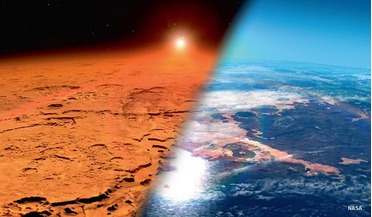 December 2014
MAVEN and the evolution of Mars
December 2014
MAVEN and the evolution of Mars
... MAVEN’s job is to probe the physics of current atmospheric escape processes by making measurements in the upper atmosphere and space environment where escape occurs. As part of this quest, it will examine what controls the escape rates for important...
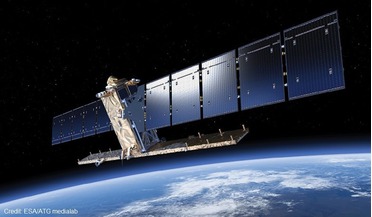 October 2015
Copernicus, ESA’s most ambitious Earth Observation programme
October 2015
Copernicus, ESA’s most ambitious Earth Observation programme
... is led by the European Union, with ESA being the coordinator of the space component. Copernicus is Europe’s answer to global needs, allowing us to manage the environment, to mitigate the effects of climate change and to ensure civil security. The...
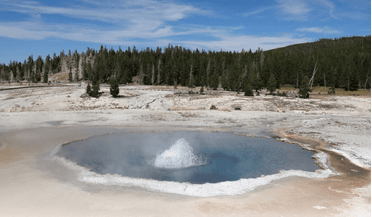 September 2016
Life in the extremes: confessions of an astrobiologist
September 2016
Life in the extremes: confessions of an astrobiologist
..., especially if I were to study space-related science in the UK or USA. Maybe I would have ended up studying history of art and diplomacy had it not been for extremophiles - organisms that live in extreme environments. What attracted me the most...
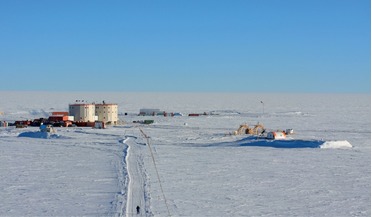 October 2017
Third quarter phenomenon - the psychology of time in space
October 2017
Third quarter phenomenon - the psychology of time in space
... and simulation chambers. Although these may be useful, they are not entirely true representations of the space environment, especially when it comes to issues of microgravity and radiation. An international crew of researchers on MARS500 (from left...
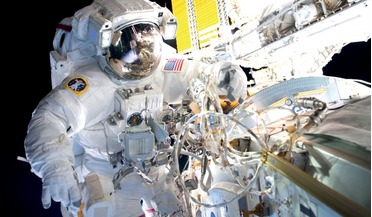 October 2018
Developing wearable technologies for space and Earth
October 2018
Developing wearable technologies for space and Earth
... sensor technologies, it is important to consider the need for augmented sensing in the space environment. Technologies that provide a virtual or augmented reality space are pervasive in immersive gaming and training simulators in many industries and...
 May 2019
Cold comfort for astronauts
May 2019
Cold comfort for astronauts
... (HRP) focuses on the mission crew and their interactions between the space habitats, the broader space environment, and the ground-based support. Researchers look at space human factors and habitability in the next generation of human habitats and...